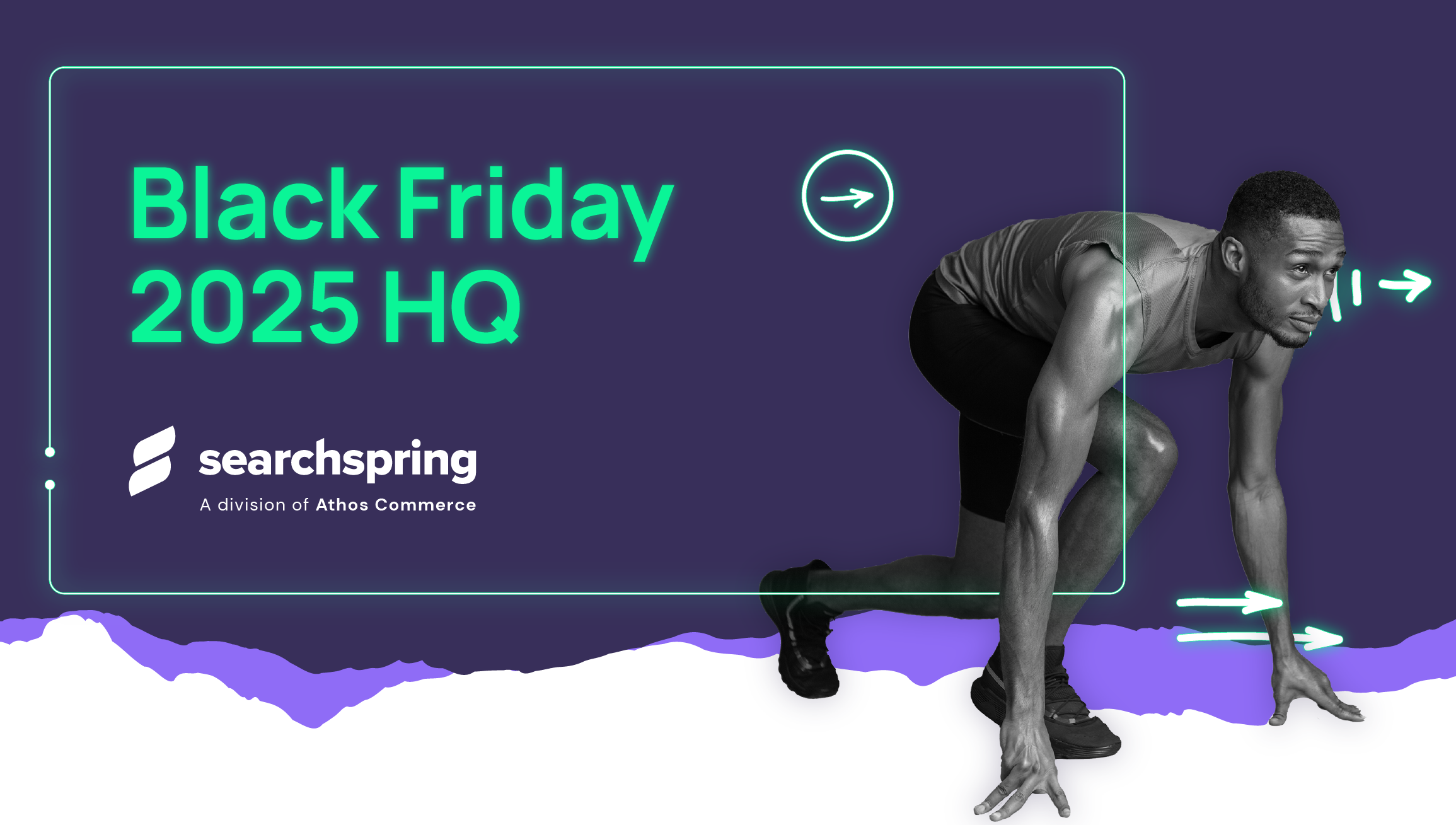In a fast-paced, highly connected world, it’s no wonder the Lawn and Garden industry is booming. Many of us savor the chance to slow down, disconnect, and bring a little nature back into our lives. Watching these spaces grow and evolve is much like watching the growth of the industry: quite inspiring.
Statista shows the expected Lawn and Garden market opportunity in 2025 is US$136.6 billion for the US, US$11.84 billion for the UK, and US$4.34 billion for Australia. It’s also a growing industry, with an estimated compound annual growth rate (CAGR) in 2025-2029 of 2.49% in the US, 1.73% in the UK, and 1.02% in Australia.
Garden equipment is experiencing significant growth, as reported by Grand View Research. Contributing factors include expanding elderly populations who seek ergonomic products for lawn and garden maintenance and millennials turning outside areas into relaxing spaces with lounges, entertainment areas, and party spots, prompting greater upkeep.
Retailers in the Lawn and Garden industry, however, face fierce competition. Major retailers with expansive store networks take a significant share-of-wallet from consumers. However, younger generations may be turning the tables on the weight of those physical store presences.
Of all home and garden products, Statista reports that 42% of Gen Z consumers prefer shopping online. That figure jumps to 58% for Millennials. While this inclination towards online shopping is expected to continue as younger consumers age and expand their purchasing power, online retailers must also consider a factor that applies to all generations: shoppers’ expectations of the online experience.
Harvesting High-Quality Traffic
The online experience often begins before a shopper has even landed on your site. eMarketer data shows that 5-10% of shoppers now start their online product search on social platforms (Pinterest, TikTok, Instagram, Facebook), 13% on YouTube, and a massive 42% on a search engine like Google.
Success in social commerce comes down to strategic direction and a solid framework. This framework works best with a careful balance of creativity, consistency, and good old-fashioned human connection.
Take the time to understand which platforms your shoppers use regularly, the types of content they engage with, and, most importantly, how they communicate. Are your avid gardeners big on TikTok or more often found on Facebook? Do they speak in terms of frost dates and fertilizers? While beautiful imagery may catch your shoppers’ eye, the conversations you build and how you respond to comments can bring them on the journey with you.
A seamless shopping experience is just as important as great content. So, don’t forget to optimize your products for selling on social channels—and other channels such as Google Shopping.
Wordstream research reveals the average click-through rate (CTR) for Google Shopping ads in the Home and Garden category is just 0.9%. Think about the difference just a 1% shift in that CTR could make in attracting high-quality traffic to your site to convert.
Intelligent Reach – a division of Athos Commerce helps Lawn and Garden online retailers make every product blossom to its fullest potential. Intelligent Reach takes your detailed product information, including everything from the color and shape of landscaping pebbles to the length and width of a trowel. It automatically runs experiments to help your products sell across social commerce, marketplaces, search engines, and Google Shopping.
Personalization Is Like Fertilizer for Conversion
Once your shoppers arrive on-site, you want to pull out all the stops to help them convert. With many Lawn and Garden stores supplying a wide range of products and stock-keeping units (SKUs), it’s vital to help shoppers find what they need—without leading them down the garden path.
A distinct advantage of physical stores is the Shop Assistant experience. That assistant can converse with shoppers, pick up on behavioral cues about their likes and dislikes, and suggest a range of items or alternatives that might fit the bill.
Technology like Searchspring uses AI to understand shopper behaviors and product interests based on behaviors and preferences. So, when an individual searches for “potting mix,” the tech in the background understands that person’s priorities and shows personalized results, such as organic and premium mixes, on every search results page.
This same technology can also provide hyper-relevant, valuable recommendations on product display pages (PDPs), on zero results pages, at cart level, and even in follow-up emails. Shoppers see complementary product suggestions and cross-sell recommendations, creating an online experience that feels like having an expert gardener by your side.
Learn more about how personalization can help your conversion rate grow like it’s springtime.
The Grass Is Greener with Geo-Merchandising
Demand for different products in the Lawn and Garden category can also vary significantly depending on where your shopper lives. Those in Maine in the US may prefer a snow shovel in February, whereas shoppers in Miami might be looking for sunflower seeds. Likewise, the difference between shoppers’ needs from Townsville in Australia to Tasmania may be a night-and-day difference.
Fortunately, online Lawn and Garden stores can use technology to personalize the shopping experience and show shoppers the right products at the right time. Searchspring’s geo-merchandising uses real-time targeting to dynamically display products based on each individual’s location. Stores can create a local feel by offering seasonal products that differ by hemisphere, country, or even state. By boosting products in search results and collection pages, customizing messaging and promotions, and catering to localized shipping policies, your green-thumbed shoppers will be giving your store the green tick of approval for delivering a personal, local online experience.
Cultivating Continued Ecommerce Growth
The Lawn and Garden industry is thriving, but ecommerce success relies on more than just being present online. Shoppers expect a seamless, engaging experience from discovery to checkout—one that feels as natural as tending to their own backyard. By optimizing traffic sources, personalizing the shopping journey, and catering the experience to local demand, online retailers can nurture higher conversions and stronger customer loyalty.
Just like a well-maintained lawn or garden, long-term success comes from having strategic care and the right tools. From fine-tuning social commerce strategies to leveraging AI-driven personalization, the brands that invest in these tactics will be the ones that accelerate their growth, season after season.




